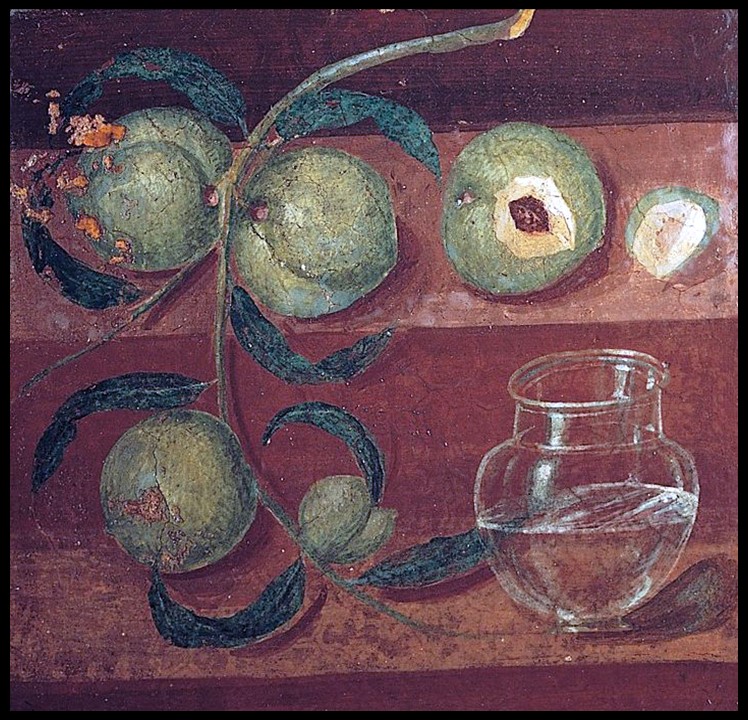
According to the Food and Agricultural Organization of the United Nations, a sustainable world is one where everyone counts. Governments, the private sector, academia, and civil society and individuals need to work together in solidarity to prioritize the right of all people to food, nutrition, peace and equality. Indeed, every one of us, including youth, can work towards an inclusive and sustainable future, showing greater empathy and kindness in our actions. On World Food Day, October 16, we need to build a sustainable world where everyone, everywhere has regular access to enough nutritious food. I would like to commemorate this important day by presenting a Still Life painting from the House of the Deer in Herculaneum. https://www.fao.org/world-food-day/en
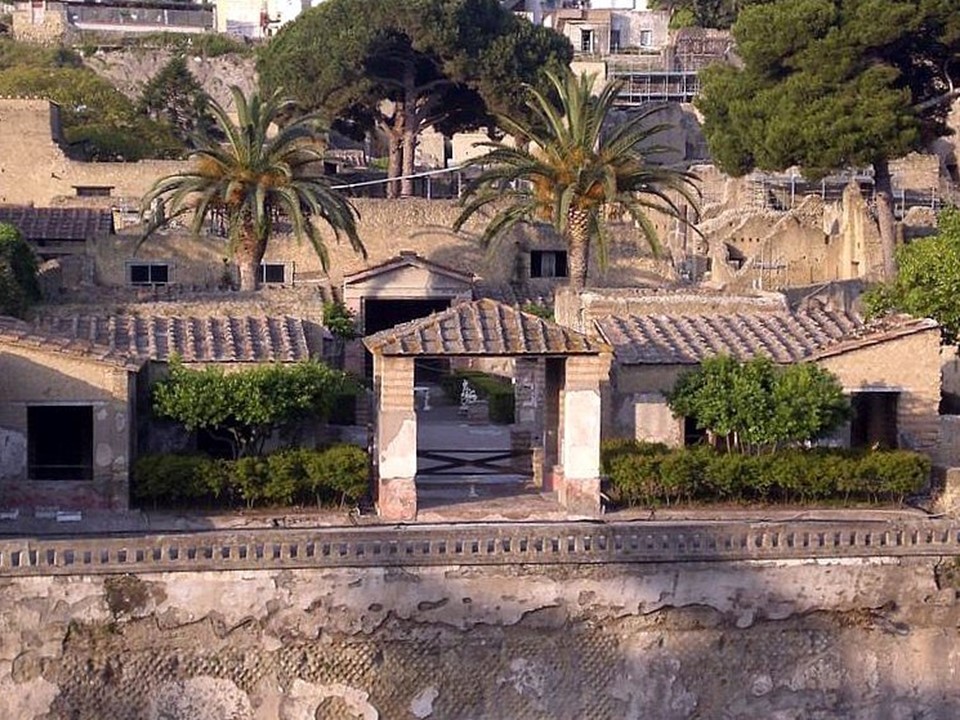
The House of the Deer in Herculaneum, built during the reign of Emperor Claudius, is one of the most opulent houses in ancient Herculaneum. Its name comes from a set of statues depicting deer attacked by hounds. The marble sculptural decoration of the Villa, discovered in 1930, was part of its landscaped garden. Apart from the two statues of deer attacked by hounds, archaeologists discovered the statue of a Satyr carrying a Wineskin on his back, and a Drunken Hercules. https://brunelleschi.imss.fi.it/giardinoantico/egar.asp?c=24027&k=24013&rif=24021
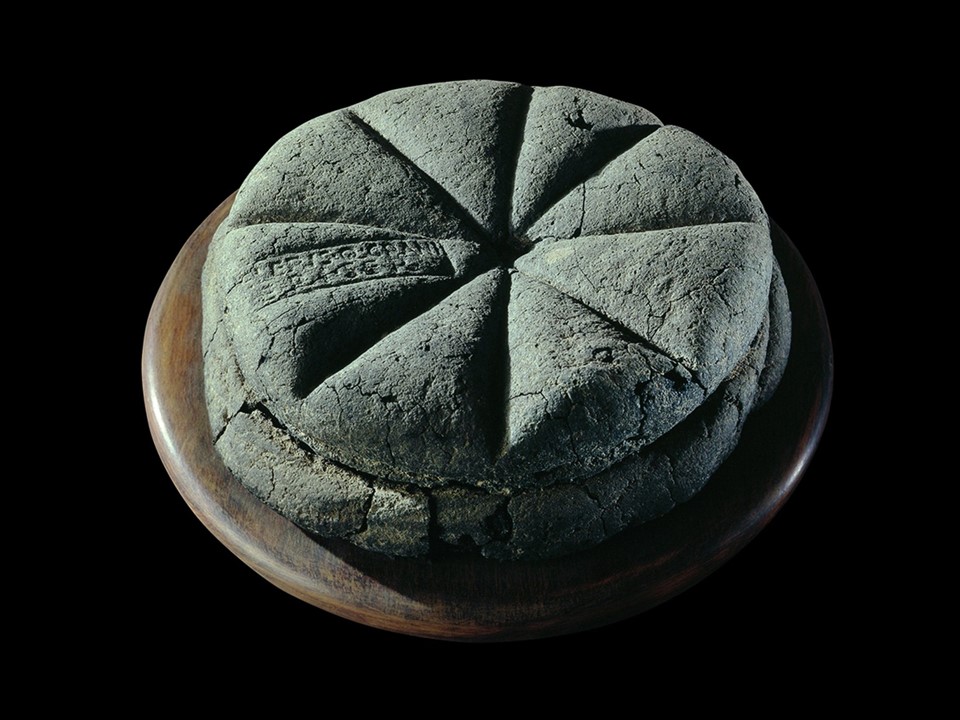
Interestingly, we know the name of the owner of this house. This was done after the discovery of a bread cake with the seal of a certain Seler, a former slave of Granius Veria. Shortly before the death of Herculaneum, Celer was released by his master with all the rights of a free citizen. https://ermakvagus.com/Europe/Italy/herculaneum/deer_house_herculaneum.html
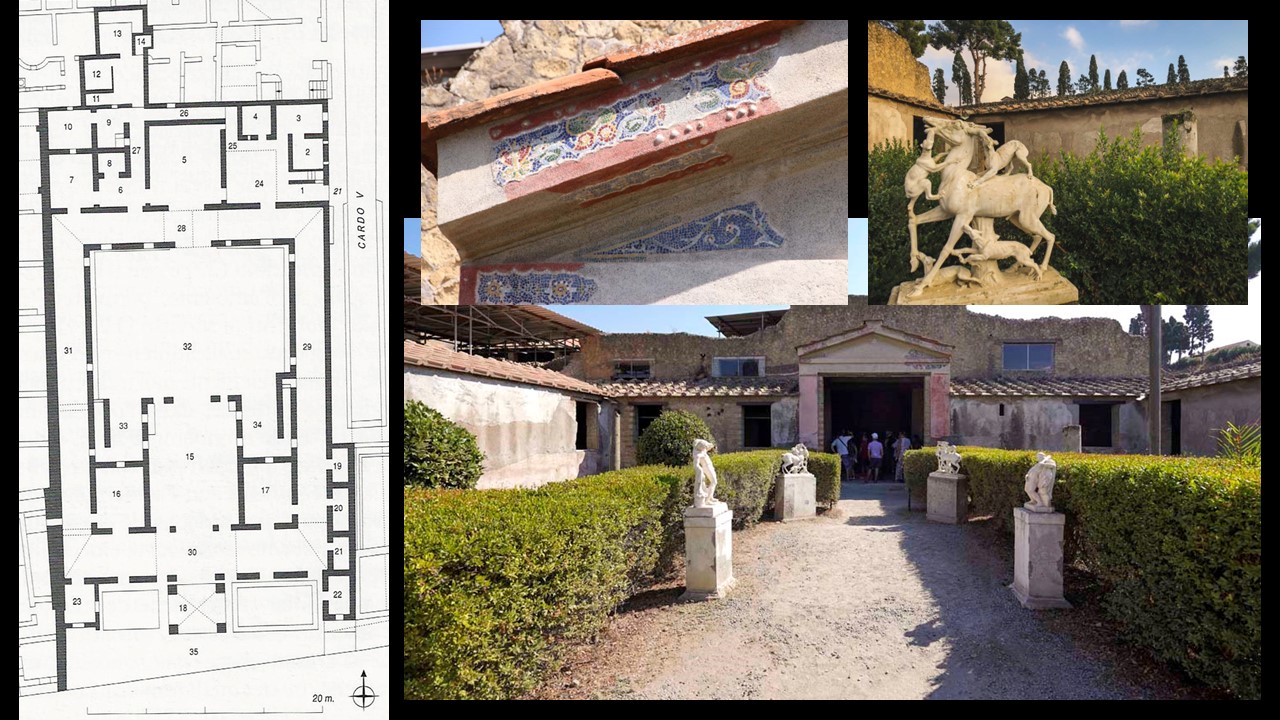
Garden area (32), looking north to the central doorway into Cryptoporticus (28)
Garden area (32), detail of the mosaic decoration of the Great Portal.
Photo courtesy of Robert Hanson
Statue of a deer attacked by four hounds, 1st century AD, white Luna marble. The original statues are exhibited in Soprintendenza Archeologica di Pompei, in Italy https://herculaneum.uk/Ins%204/Herculaneum%204%2021%20p9.htm and https://twitter.com/planetpompeii/status/1113189803204411399 and https://herculaneum.uk/Ins%204/Herculaneum%204%2021%20plan.htm
The House of the Deer, one of the most luxurious waterfront dwellings so far discovered in Herculaneum, has an interesting layout. It focuses on the axis that runs from the triclinium (5) through the peristyle/garden area (32), and the tablinum (15) to the gazebo (18) set in the center of the panoramic terrace overlooking the Bay of Naples to the south. https://sites.google.com/site/ad79eruption/herculaneum-1/insula-iv/house-of-the-deer
An important part of the House of the Deer was the Cryptoporticus (28-31), a corridor that enclosed the central peristyle/garden (32) area, and opened onto the atrium (24), the triclinium (5), and the tablinum (15). The Cryptoporticus was decorated in the 4th Pompeian Style, featuring more than sixty individual panels. These panels (partly removed in the 18th century) represent scenes with tiny cupids, still-lifes, and various architectural landscapes. https://sites.google.com/site/ad79eruption/herculaneum-1/insula-iv/house-of-the-deer
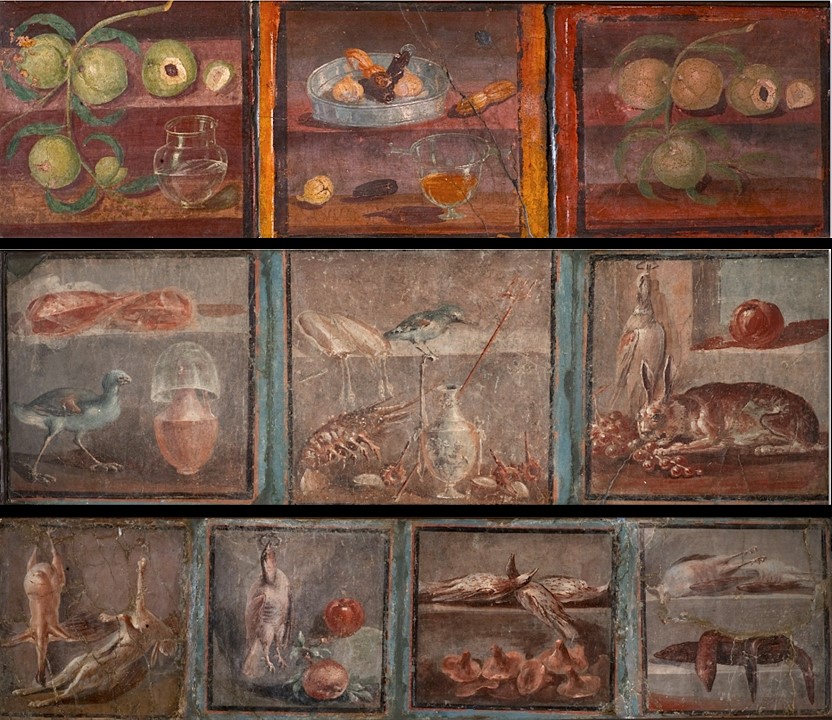
Still Life with Hen (left), Still Life with Two Cuttlefish, a Silver Jug, Bird, Shells, Snails, and Lobster (center), and Still-life with a Hare and Grapes (right)
Still-Life with Chicken and Hare (left), Still Life with Partridge, Pomegranate, and Apple (second from left), Still Life with Thrushes and Mushrooms (third from left), Still-Life with Partridges and Eels (far right)
Fourth Style wall paintings from the House of Deer in Herculaneum, Italy, c. 62-69 C.E., fresco, 35.56 x 34.29 cm, Archaeological Museum, Naples, Italy
https://www.khanacademy.org/humanities/ancient-art-civilizations/roman/wall-painting/a/still-life-with-peaches
My favorite panel presents Peaches and a transparent glass Water Jar. It was meant to be seen as a group of three Still Life paintings. According to Dr. Lea Cline, all ten Still Life panels discovered in the Villa belong to a category of still life paintings known as xenia, that is as hospitality gifts. It is interesting to know that the ancient Greek and Roman hosts were expected to gift their guests with xenia, tokens of their hospitality, instead of receiving gifts as the tradition is today. https://www.khanacademy.org/humanities/ancient-art-civilizations/roman/wall-painting/a/still-life-with-peaches
For a Student Activity inspired by the House of the Deer in Herculaneum, please… Check HERE!